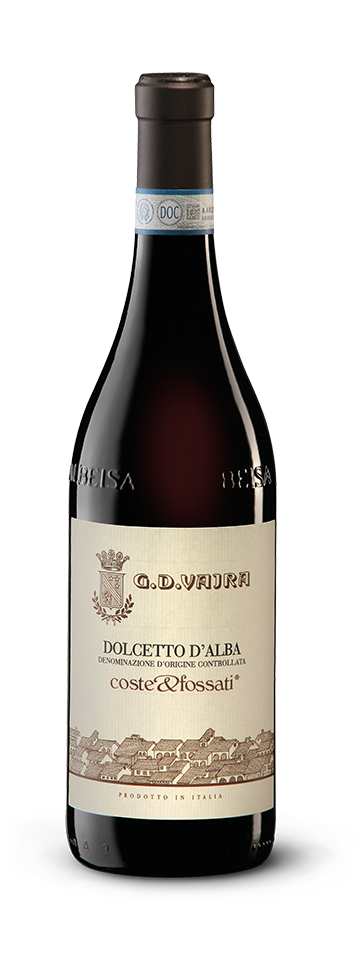1
/
of
1
Vajra Dolcetto d'Alba Coste & Fosati - 2020 (750ml)
Vajra Dolcetto d'Alba Coste & Fosati - 2020 (750ml)
Regular price
$25.99
Sale price
$25.99
Regular price
$25.99
Unit price
/
per
Coste&Fossati is a collection of antique Dolcetto biotypes grouped by Aldo Vajra between 1979 and 1985. Cuttings were grafted in two of the estate best Barolo vineyards, Coste di Vergne and Fossati. These plants with a 'red stalk' create a limited production of the most intense and noble Dolcetto. This is a reservoir as it cannot be found elsewhere in modern days.
Share :

- varietal
- Region
- Type
- Reviews
A popular red wine producing grape native to Piedmont, Italy, known for making wines that are best consumed in their youth. It’s name, Dolcetto or “little sweet one”, is more a reference to its relatively low acidity (compared with the likes of Barbera) rather than due to any residual sugar, as it is generally fermented dry. The grape typically makes wines light in body, due to its low tannin, expressing a fragrant nose of soft, round fruit.
Along with Tuscany, Piedmont is responsible for most of Italy’s greatest wines. Here, Nebbiolo is the king of grapes with the DOCGs of Barolo and Barbaresco supplying a significant amount of the finest examples. Less expensive, but good value Nebbiolos are made within the larger Langhe DOC which Barolo and Barbaresco are both situated in. Barbera and Dolcetto are the region's other important red grapes. Moscato (Muscat) is the most popular white grape, most of which gets used in making Spumante and Frizzante (semi-sparkling) wines, notably those made in and around the town of Asti. Meanwhile, the region's most popular still white wines are made from Cortese and Arneis. Cortese are mostly made in the province of Alessandria and go by the name Gavi, while Arneis is mainly cultivated in Roero, just north west of Alba.
Red wine is wine made from dark-coloured grape varieties. The color of red differs based on the grapes variety or varieties used.Interestingly, black grapes yield a juice that is greenish-white. The actual red color comes from anthocyan pigments (also called anthocyanins) from the skin of the grape (exceptions are the relatively uncommon teinturier varieties, which produce a red colored juice). Most of the production centers around the extraction of color and flavor from the grape skin.


